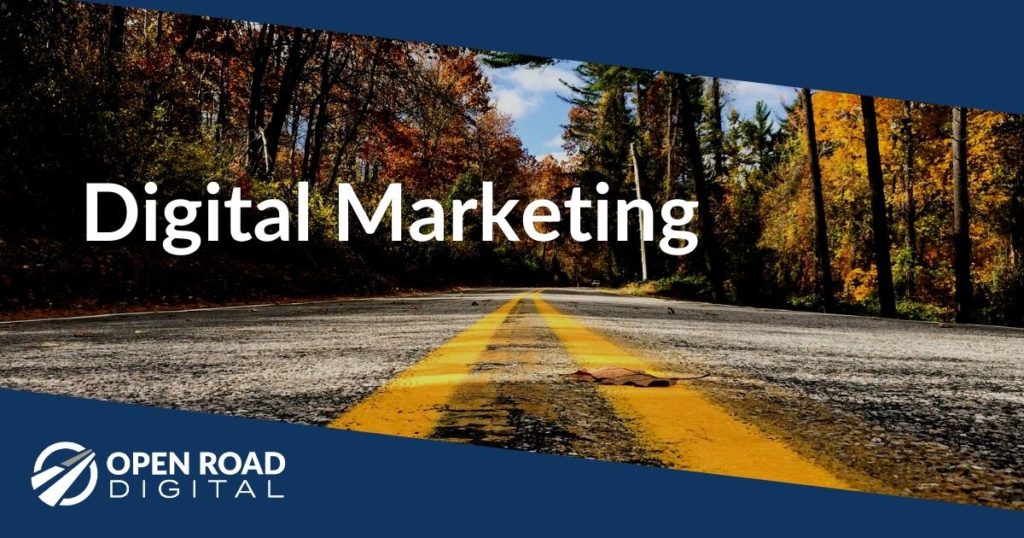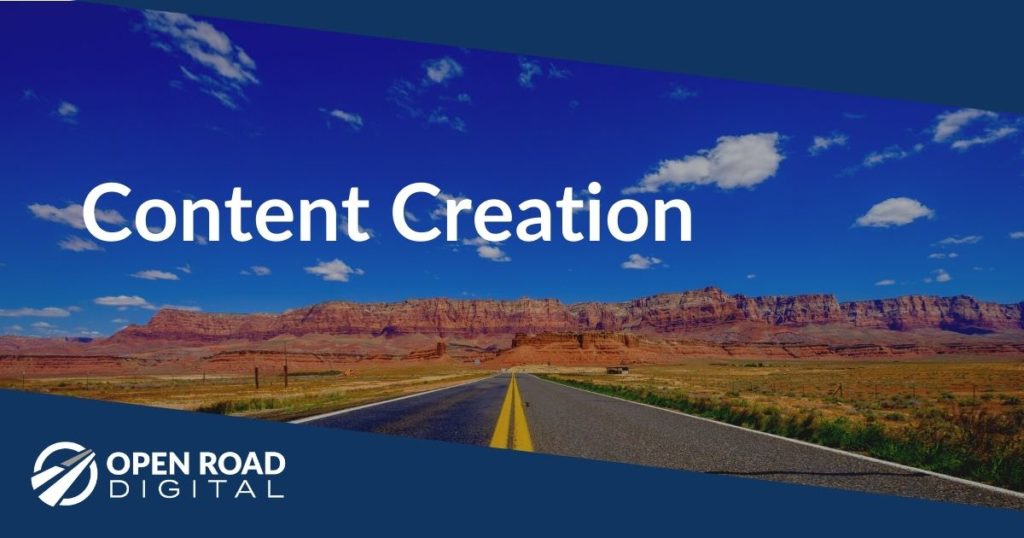Most adults will say something like this in response to what they perceive as their kids’ ease of life:
“When I was a kid, we had to [insert some task that implies you worked harder for things than they do].”
And to a certain extent, it’s true. Our forebears had to draw water from a well, and so forth. Me, I’m concerned about finding the Brita water filter for our not-so-bad tap water.
But when it comes to marketing ourselves or our work, I don’t think we are much different from our kids. Take any sort of professional or aspirational online activity: we think it is and should be easier that it really is, and we’re not ready to put in the hard work. How about these examples:
- Joe actually finished that article and got it posted on the blog for all to see. Excellent. But he thinks his job is done. What’s keeping him from sharing it in his social networks?
- An immediate “selling” moment has just arisen, and Samantha is frustrated that a prospect’s contact information that she found online isn’t up to date when she just knows if she could directly contact him that he would want to buy her services. But, is Samantha’s own information up to date and attractive? And why didn’t she make the effort to connect with the prospect well before the golden opportunity arose?
- Hiroki doesn’t see the value of LinkedIn’s network because he hasn’t realized that it’s a network that he himself has to build.
- Your friends, family, and – worst of all – co-workers scoff at social media as an exercise in futility, a fad, a bad habit, or as something for people with no self control. But deep down inside, many wonder about it and are possibly jealous of those who make social media work for themselves. They think: “if we had their dumb luck, we’d make it work too.”
Each of these four scenarios illustrate road blocks to online marketing success. The scenarios depict a misunderstanding of social media and an unwillingness to undertake the work necessary for success.
Here are some ways to break through these road blocks. They each require commitment, consistent effort, and some sacrifice. Just like in the old days, right?
Sharing
If you write it, they will not come. (Joe should know that by now.) E-Trade, Monster.com, Pets.com. These were some of the 1990s start-ups that paid bazillions to advertise during the Super Bowl in 2000 at the height of the dot-com boom. While most of them now no longer exist, they knew one thing: no one would know they existed until they promoted that fact.
Fortunately, today such self-promotion is nearly free: you just need to invest time using the sharing platforms that are out there. Share on LinkedIn (both on your home page and in Groups). If appropriate, post your article on Facebook (you never know which of your friends will become a business reference for you).
And tweet. While Twitter garners more scoffs than most social media platforms, it is a medium that is used by thought leaders, industry experts, publications, journalists, and bloggers. These are influential people who should know you exist, and who should be your professional friends. There’s an art (and science) to tweeting, but you’ll never become fluent in the process until you simply start.
Start sharing, and people will take notice, which is the point of this game. Which leads us to…
Personal Grooming
Each morning after we wake up we look in the mirror. We comb or brush our hair (or shave it). We brush our teeth and choose our clothes. In short, we all pay attention to how we look. And that’s considered normal. Yet in the online world we scoff at such personal grooming (and that includes Samantha).
Yet here’s the irony: most people we do or will do business with don’t look at us physically, in person – at least not all the time. Even people at our actual office location probably see us more over email than in person.
Where potential clients, customers, and referrals will see you – or not see you – is online. And take your pick which of these two is worse, because I myself don’t know:
- someone looks you up online and finds nothing (no one will search forever to find the real you), or
- someone looks you up and finds inaccurate or embarrassing information, confuses you with someone else, or thinks you’re still at ABC Corp when you’ve already been doing great things at XYZ Corp for two years.
One or two focused sessions spent developing your LinkedIn profile is all you need to get started. After that, it’s merely a matter of maintenance, just like you do every morning.
If You Build It You Can Use It
If Joe can get it right, he’ll share more often. If Samantha does the right thing, her online identity will help convince people to hire her. But they both also need to do what Hiroki needs to do: build his network.
The wonderful thing is, nearly all the raw ingredients are out there for you to accomplish this. It wasn’t so just a few years ago. Here are the simple ways to do this:
- After building your LinkedIn profile, pay attention to it. Respond to connection requests from current and former colleagues, friends, and people you meet in the business world. Ever asked someone out on a date or to dance and been turned away? Don’t do that to others online. When you say “yes” they feel good.
- Ask others to dance. The fact is, most people will be flattered that you thought enough of them to connect on LinkedIn. Make them feel good. It’s not an intrusion.
- Spend a few minutes here and there browsing through potential connections on LinkedIn. Chances are you’ll stumble upon people you’ve nearly forgotten. They’ll love it that you remembered them. It’s not creepy!
That’s it. Those are the building blocks – not the road blocks. Once you get these basics down, you’ll be inspired to join and participate in LinkedIn Groups, to create your own Twitter account and grow your Twitter network, and so forth.
As you get comfortable with these new tools, you’ll be comfortable for when newer digital tools appear — because you know they will. And when they do, you can teach your kids how to use them.
Photo credit: ToniVC / Foter.com / CC BY-NC-ND




